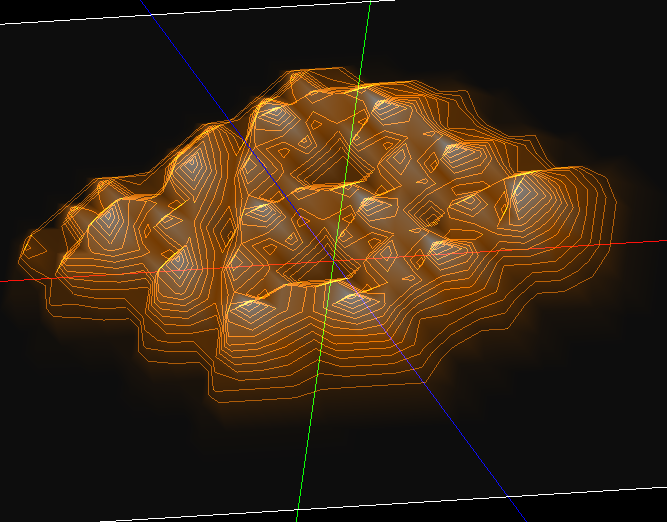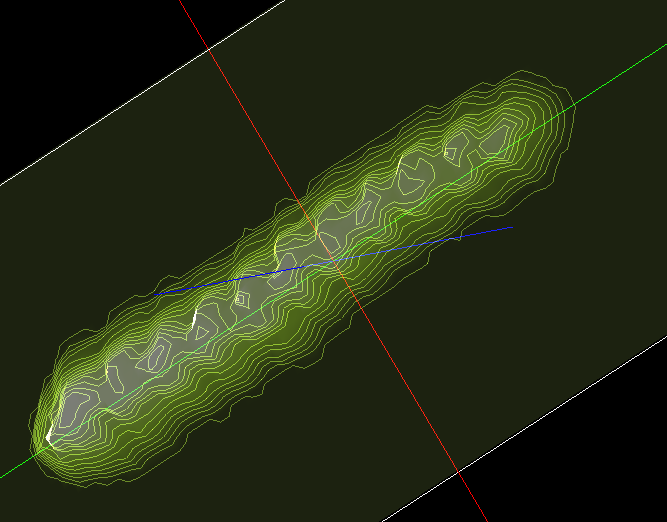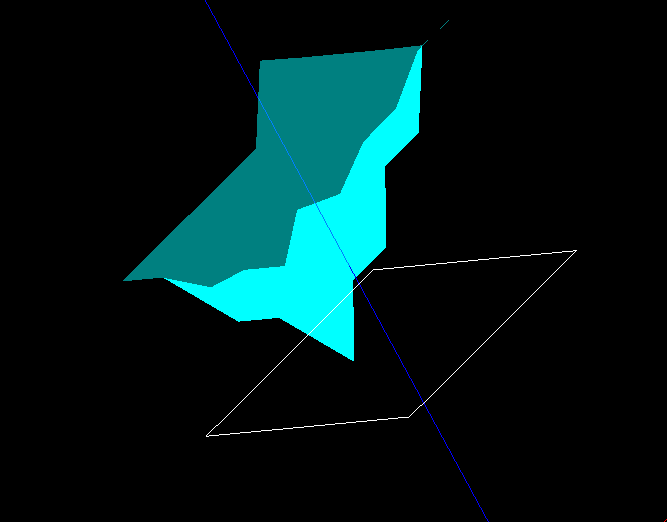The GeoAFM works as a kind of a rapid three-way data processor,
so that it reconstructs the one out of the other two among three geometrical elements,
a tip, a sample material and its AFM image, in less than one minute.
The GeoAFM provides simulation results using only geometrical information and relative positional relationship between the tip and the sample.
The GeoAFM assumes the following geometrical condition.
When the tip detects the force from the sample,
the tip is in contact with the surface of the sample.
Thus, the GeoAFM simulates the non-contact AFM experiment.
Hence, we do not consider the van der Waals force between the tip and the sample
and deformation of the tip and the sample in simulations of the GeoAFM.
The GeoAFM does not perform simulations according to the classical mechanics or the quantum mechanics.
These theories do not affect results of simulations by the GeoAFM.
However,
because the GeoAFM neglects complicated effects caused by dynamics in physics,
it carries out calculations of a simulation very rapidly, in less than one minute.
Thus,
you can carry out simulations by the GeoAFM and perform the SPM experiments at the same time.
Because the GeoAFM neglects microscopic effects in physics,
it is suitable for examining macroscopic properties of materials.
The GeoAFM is suitable for performing macroscopic simulations for high polymers, DNA, biomaterials, and semiconductors at the micron scale.


